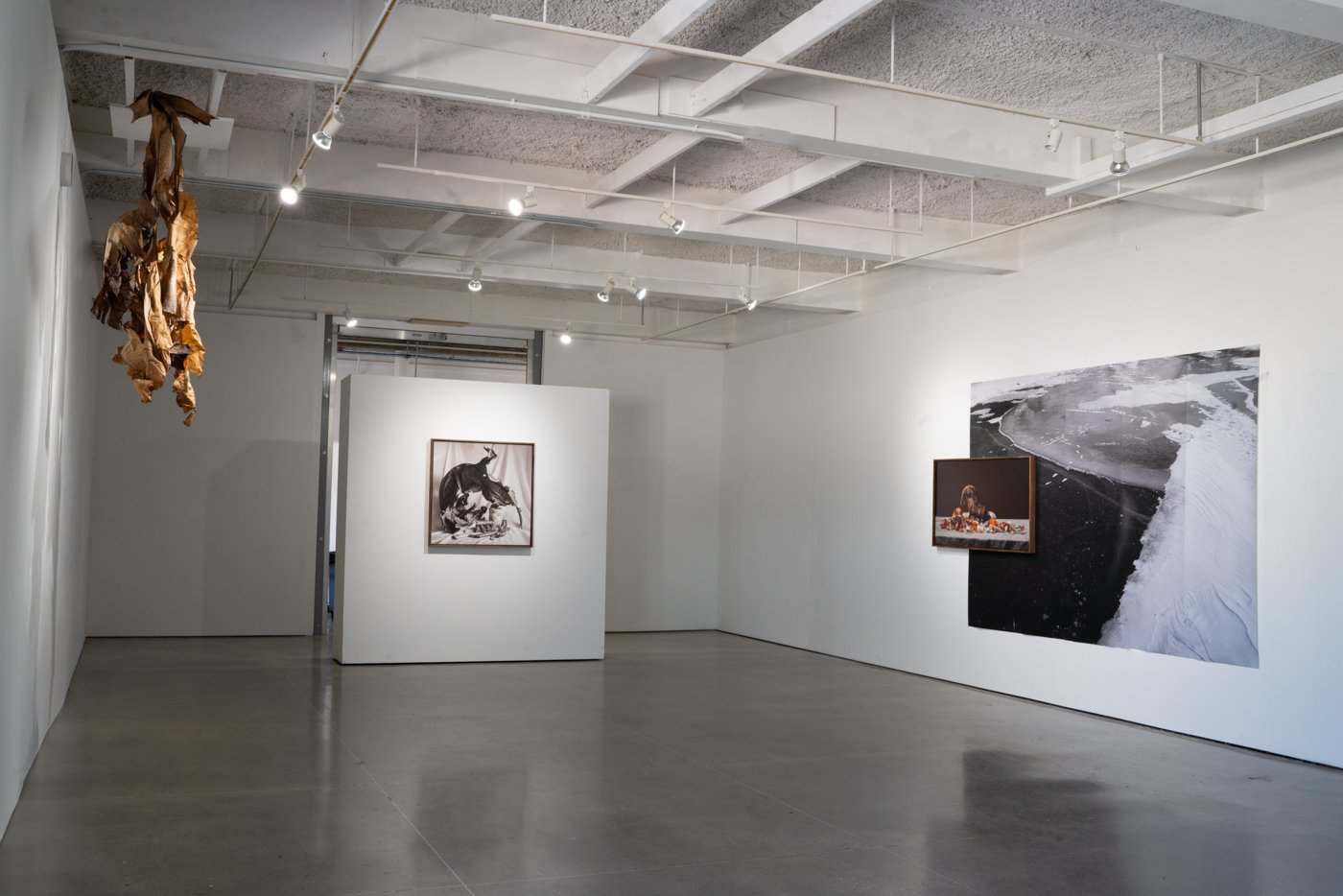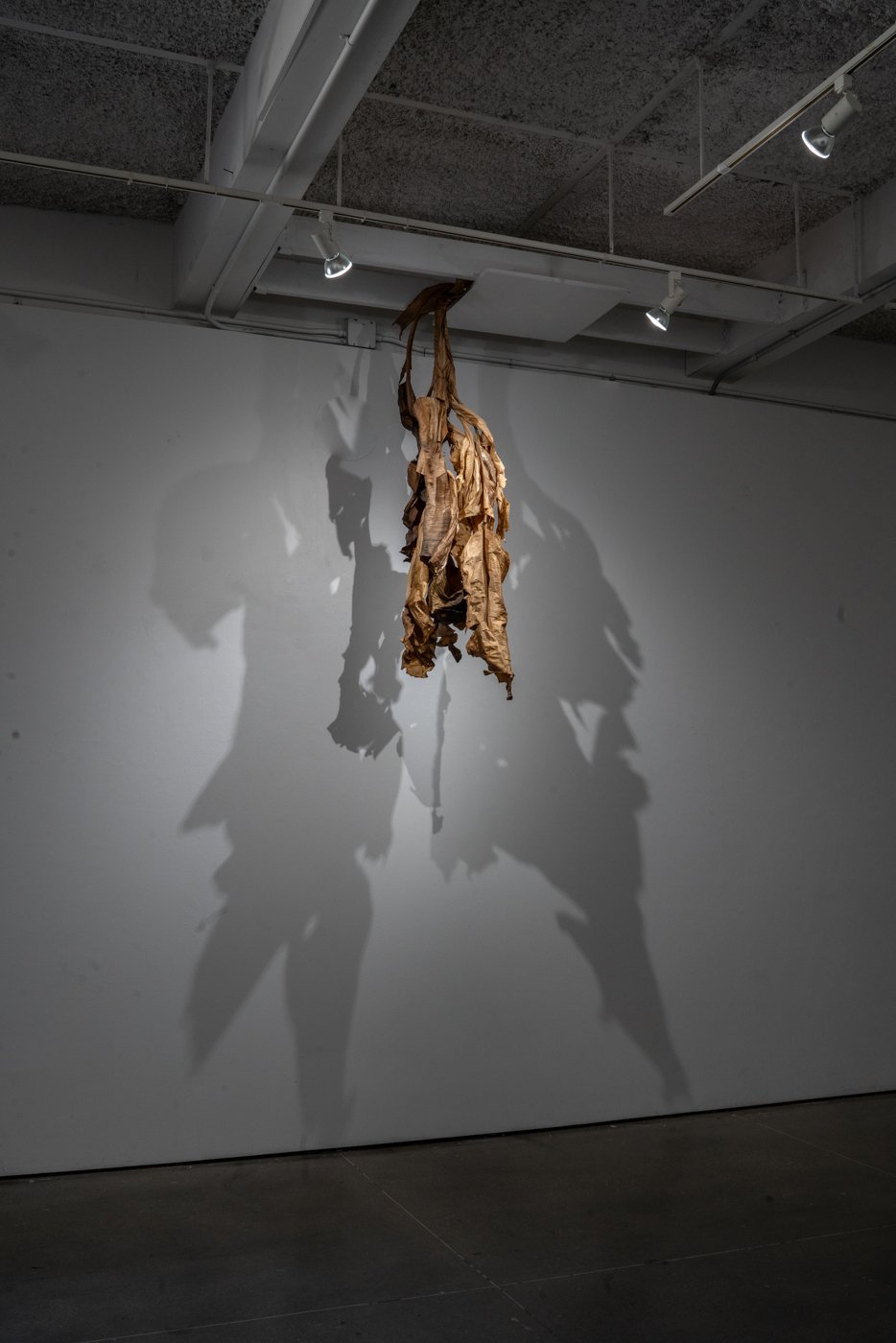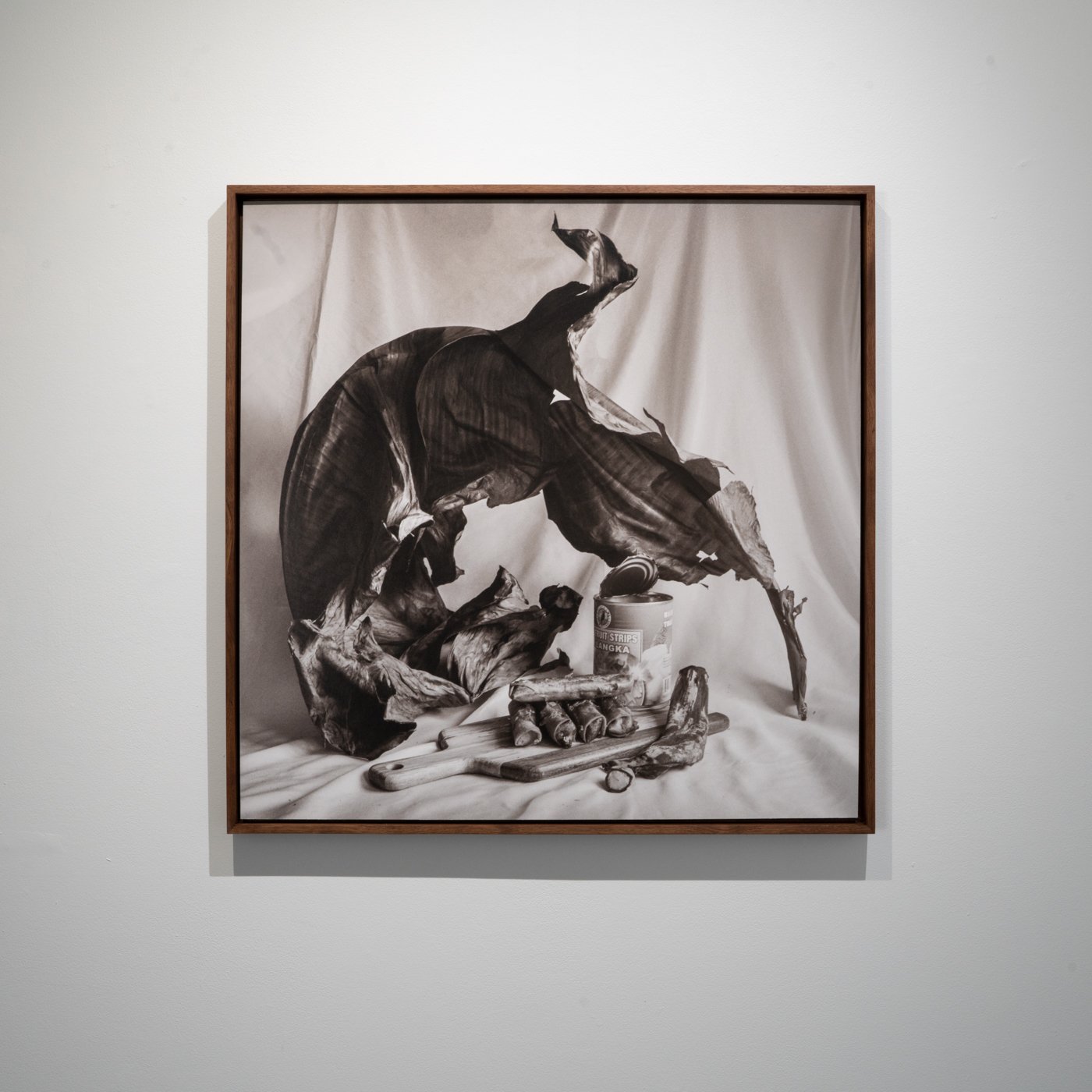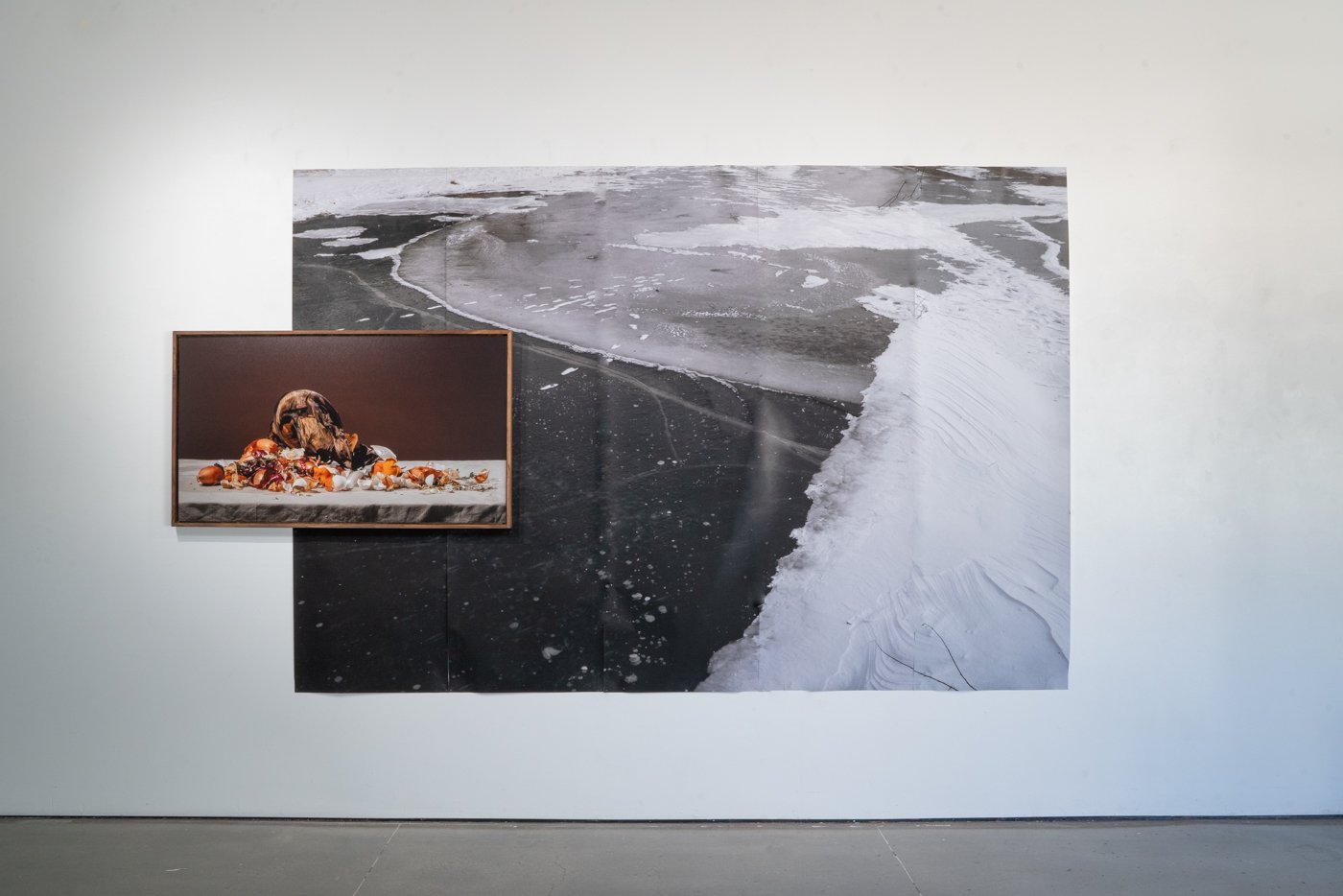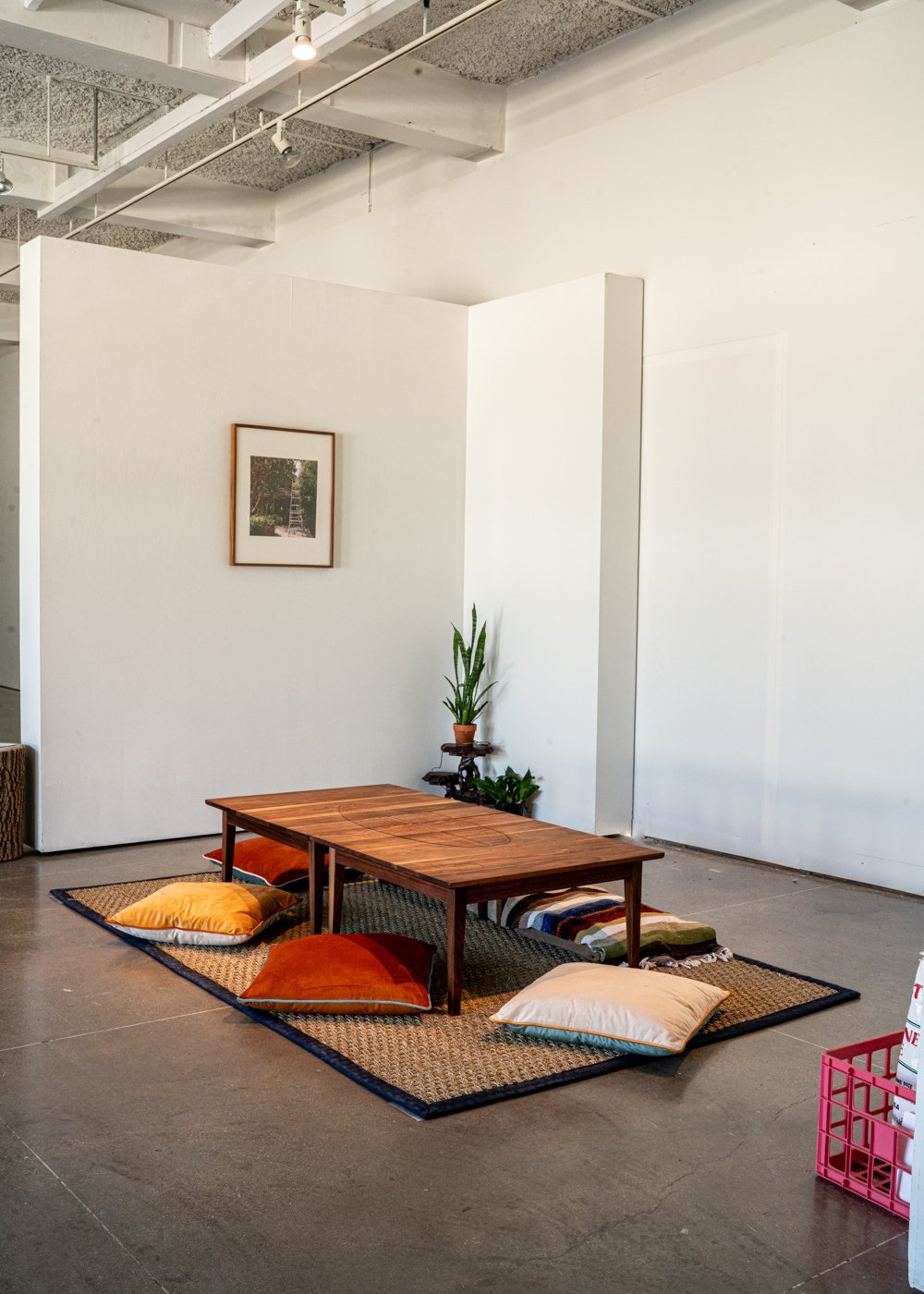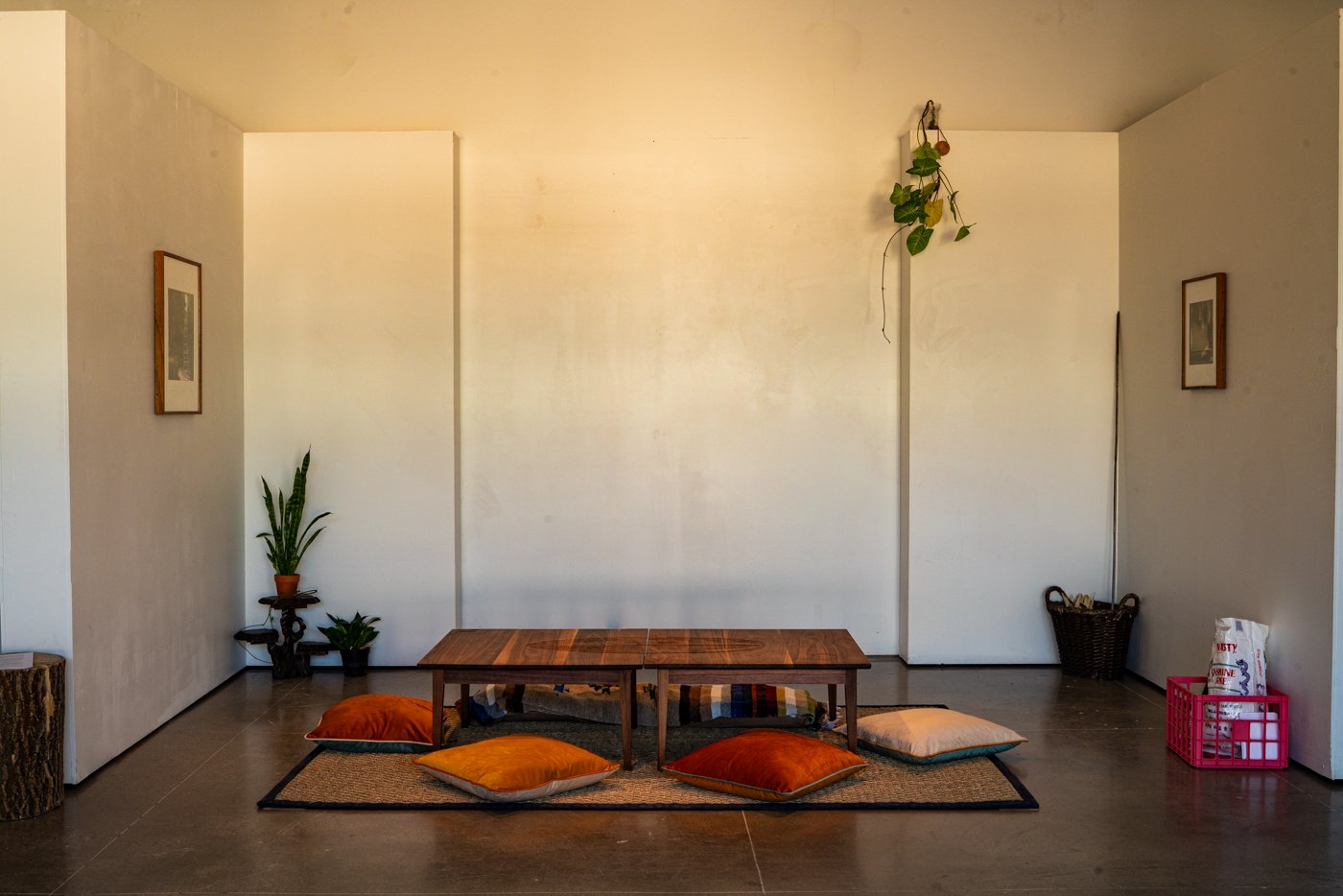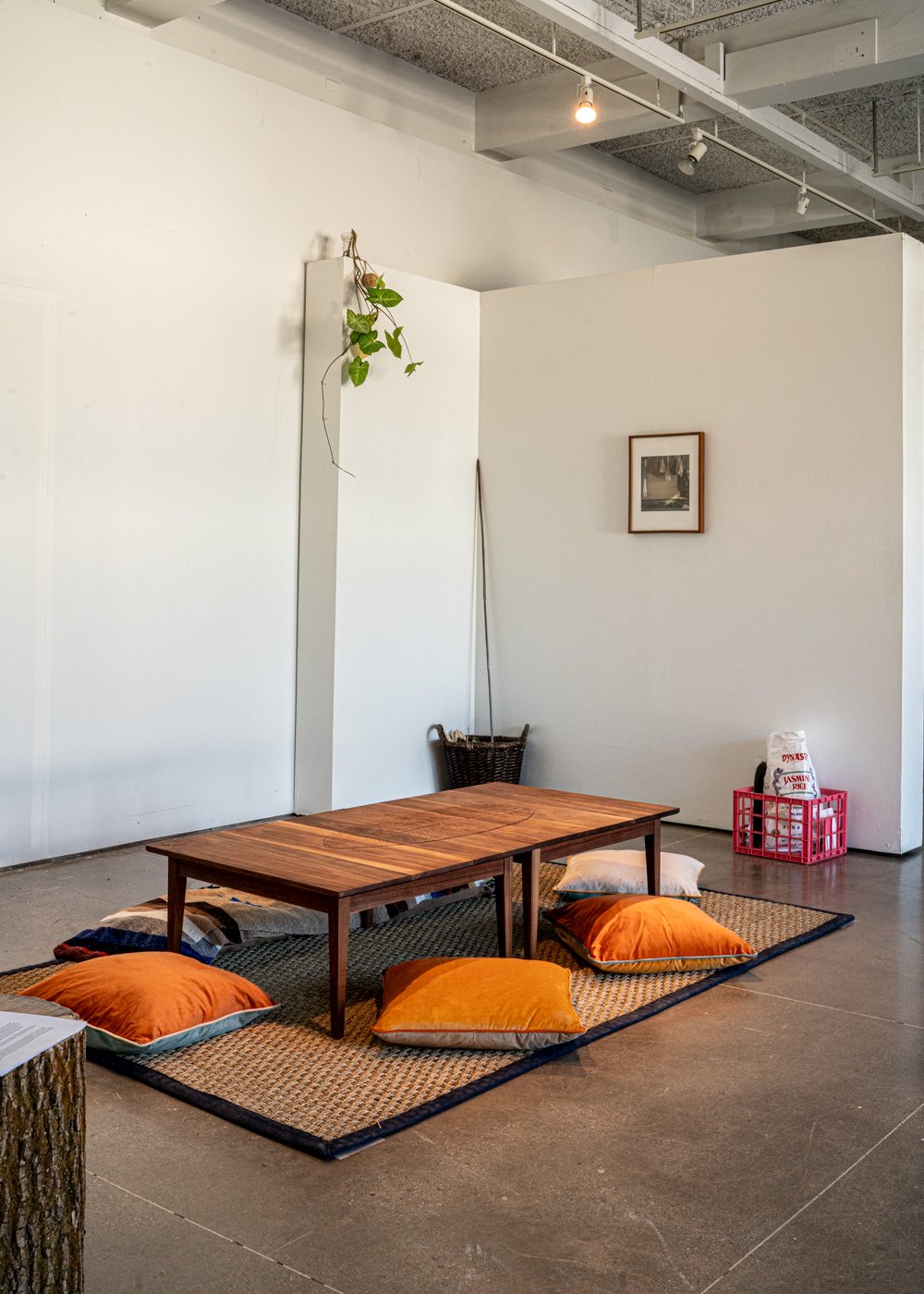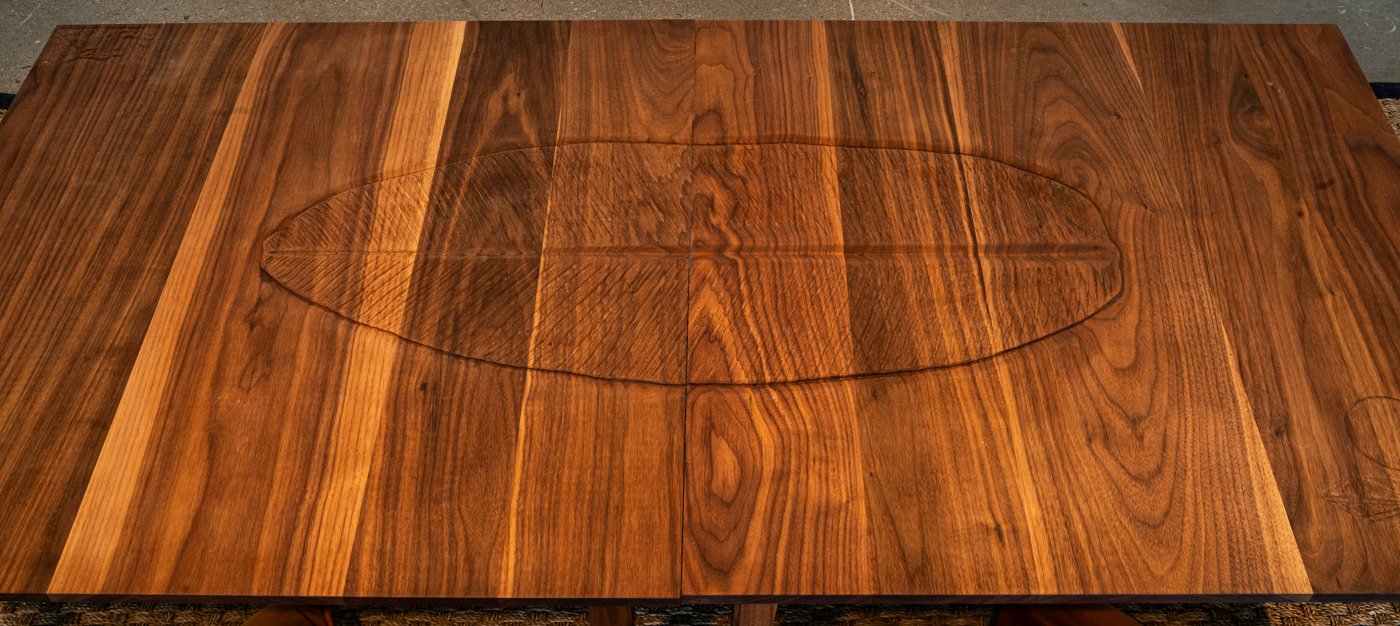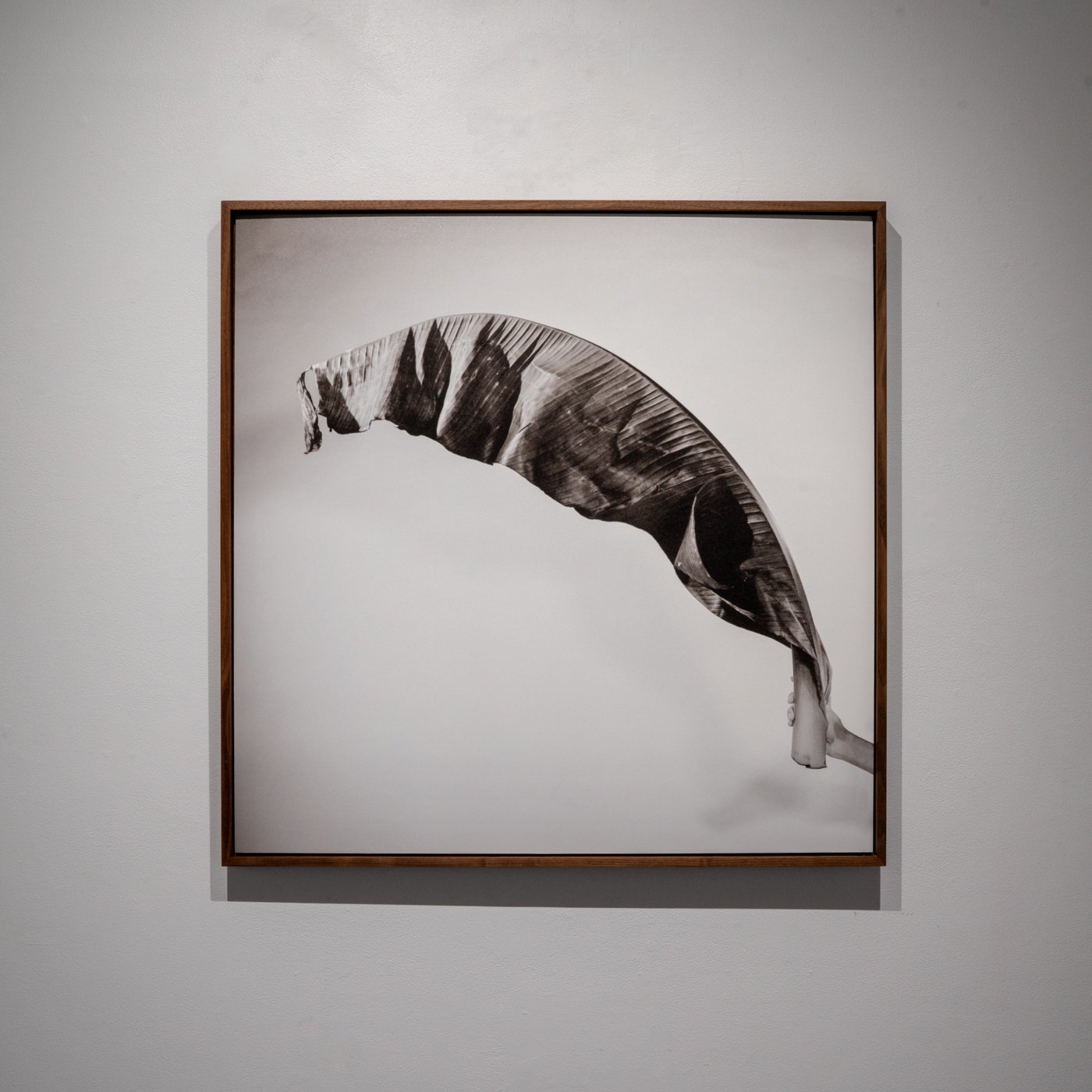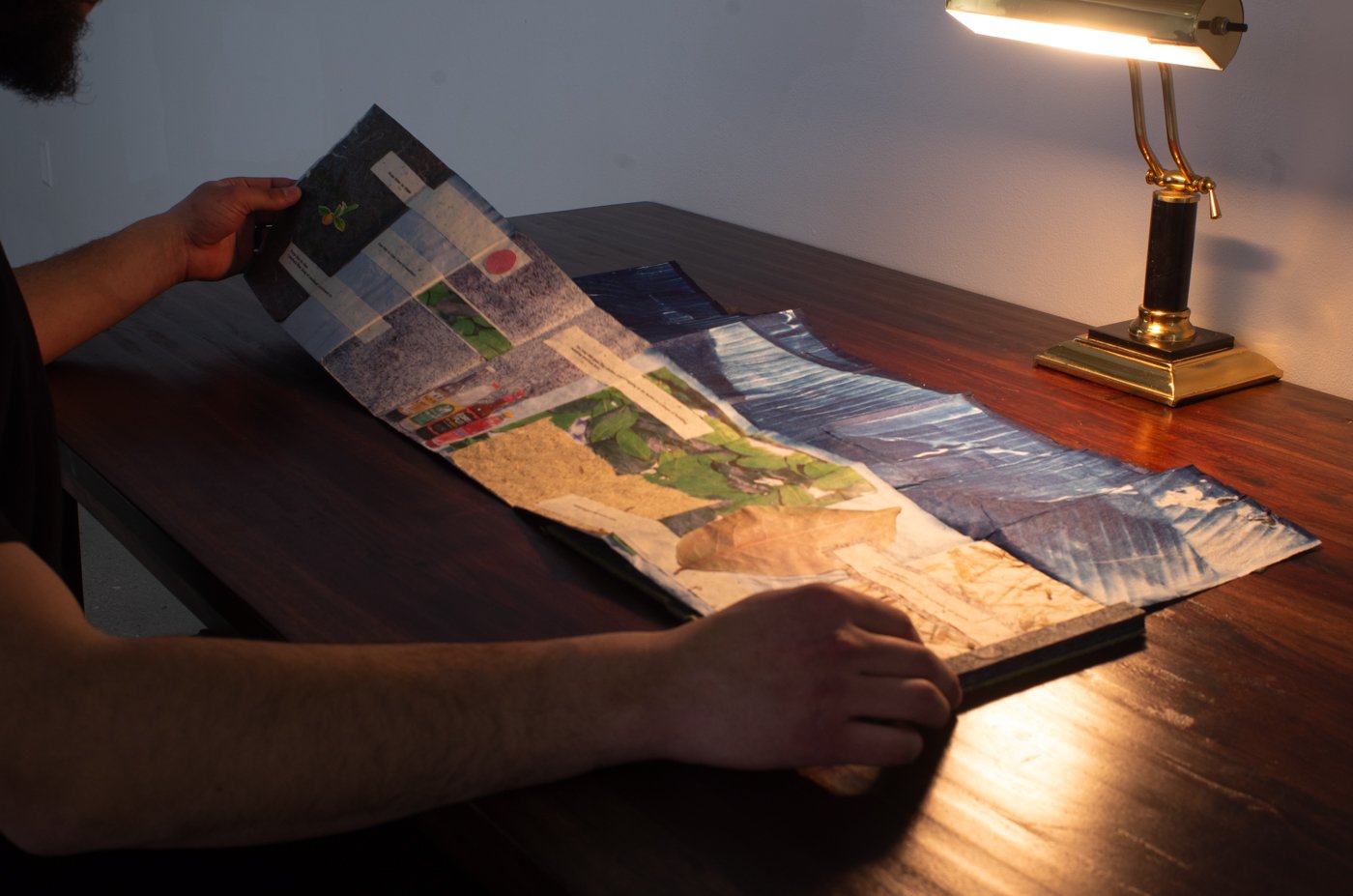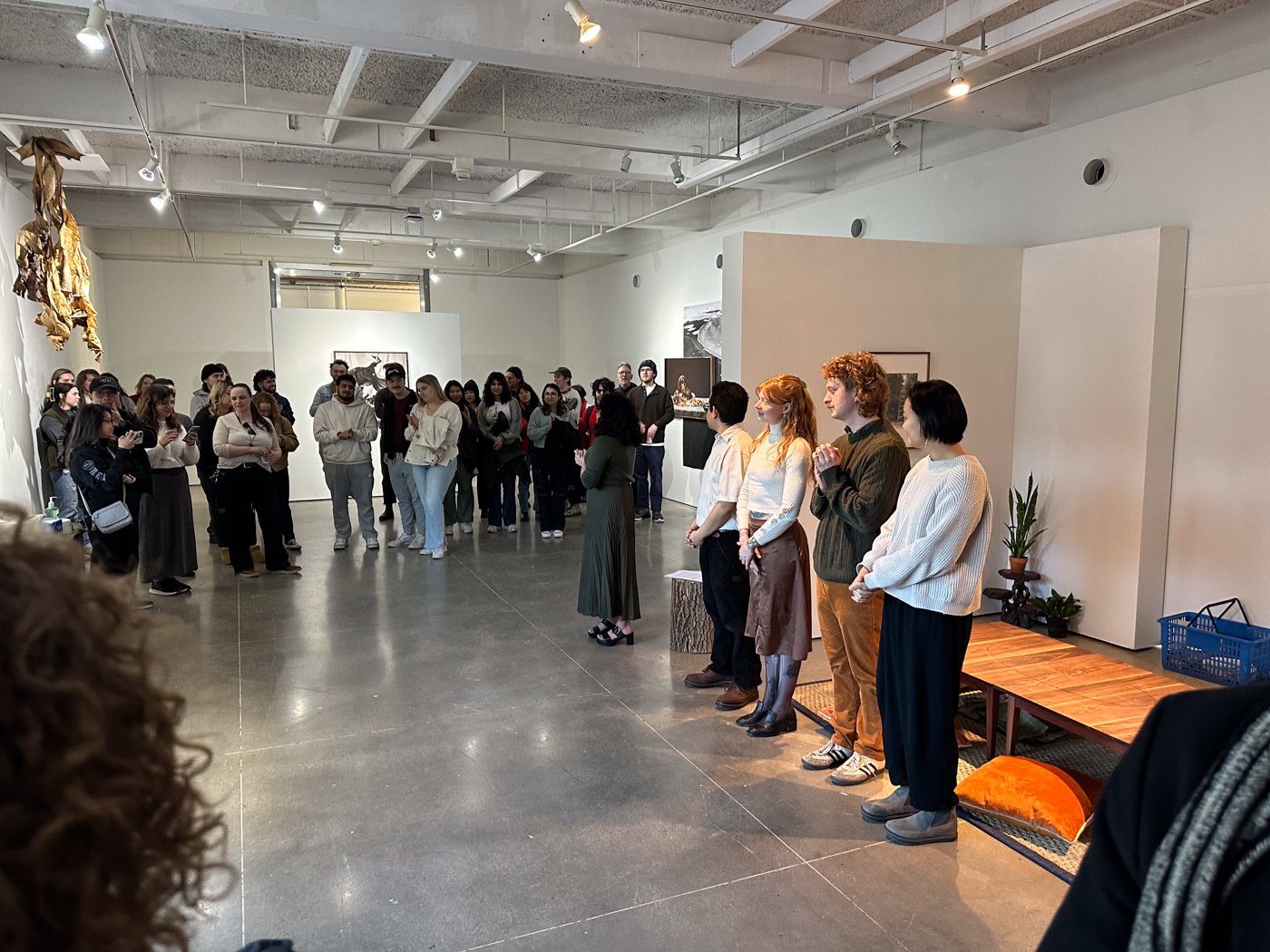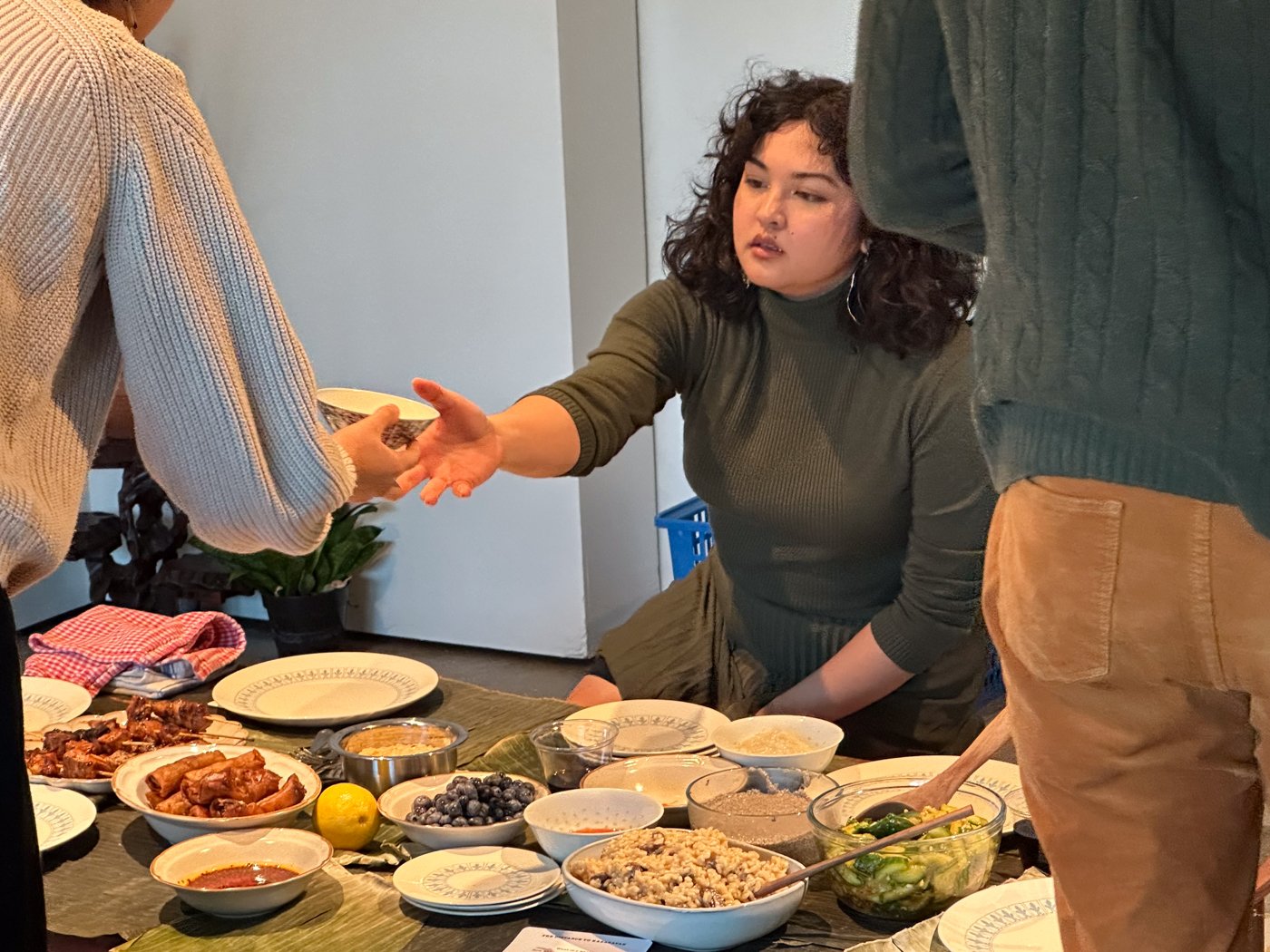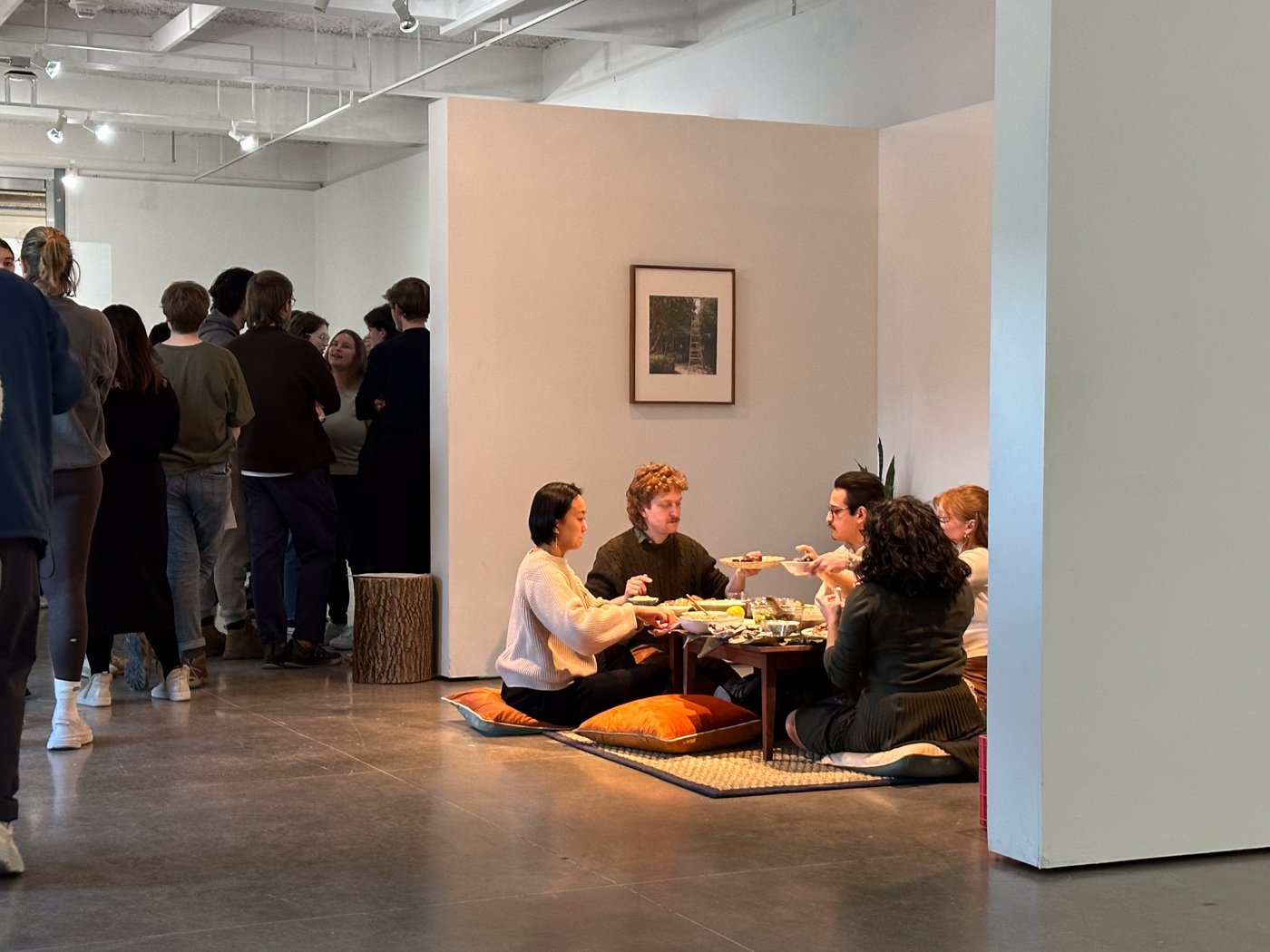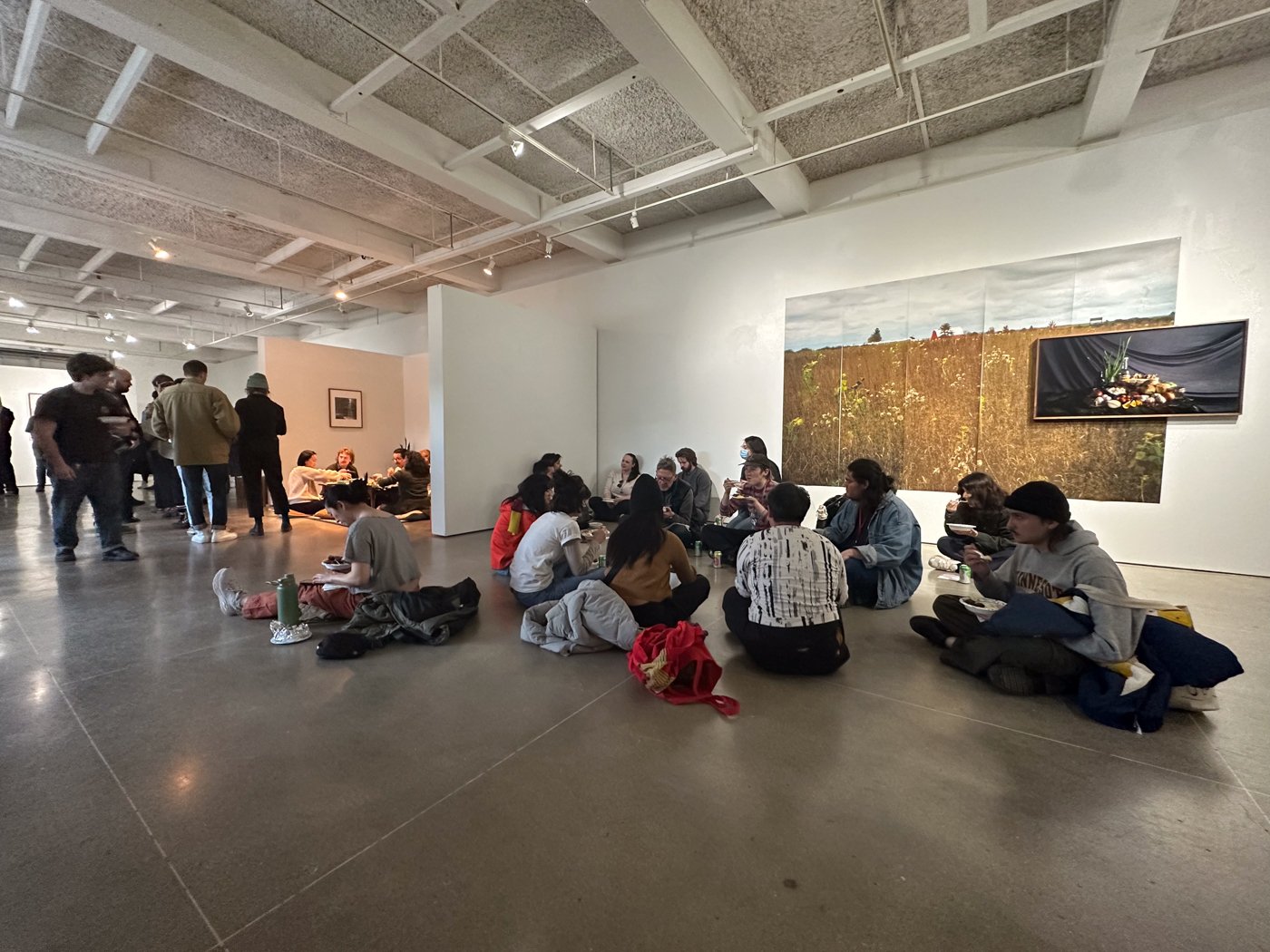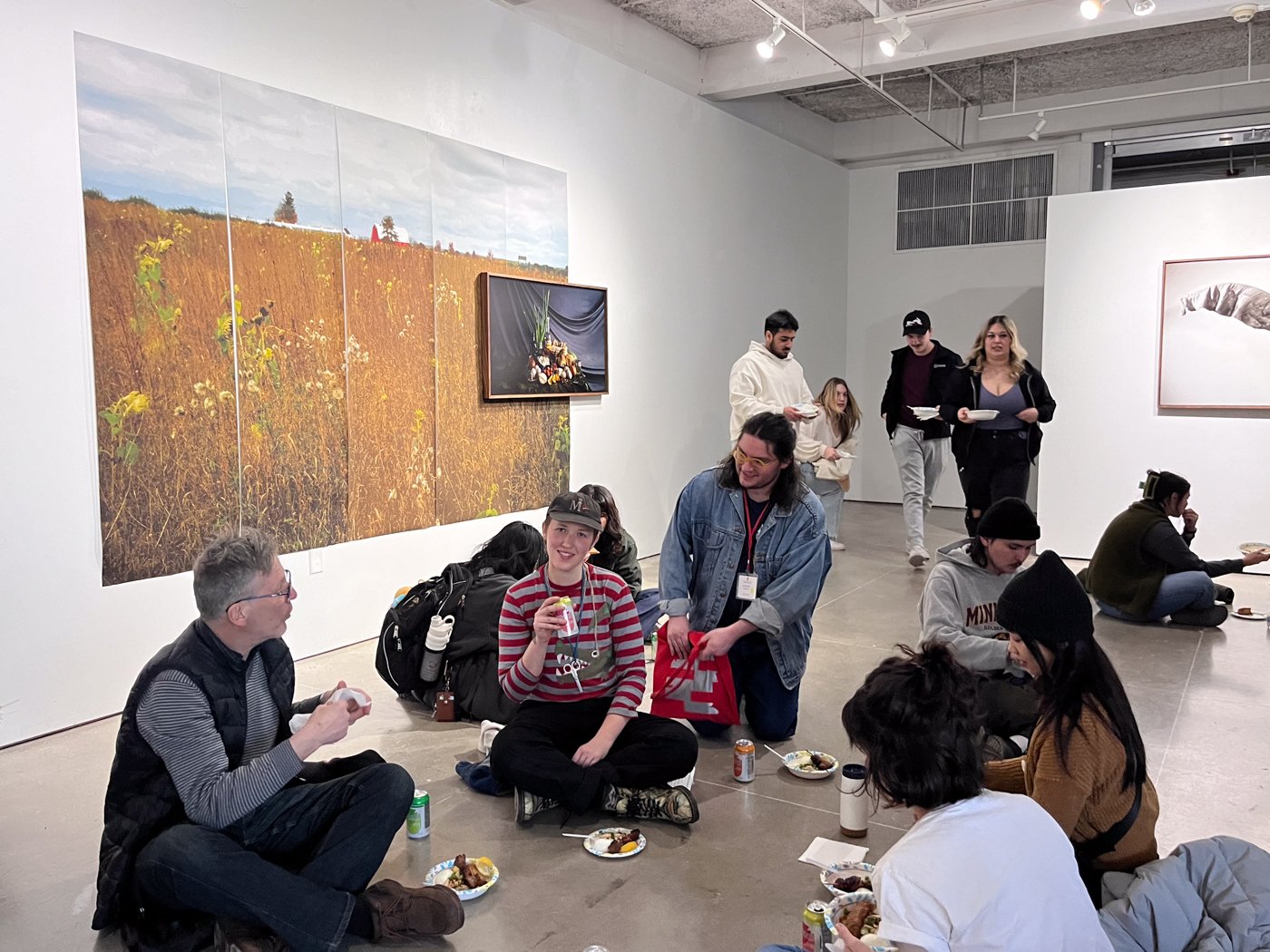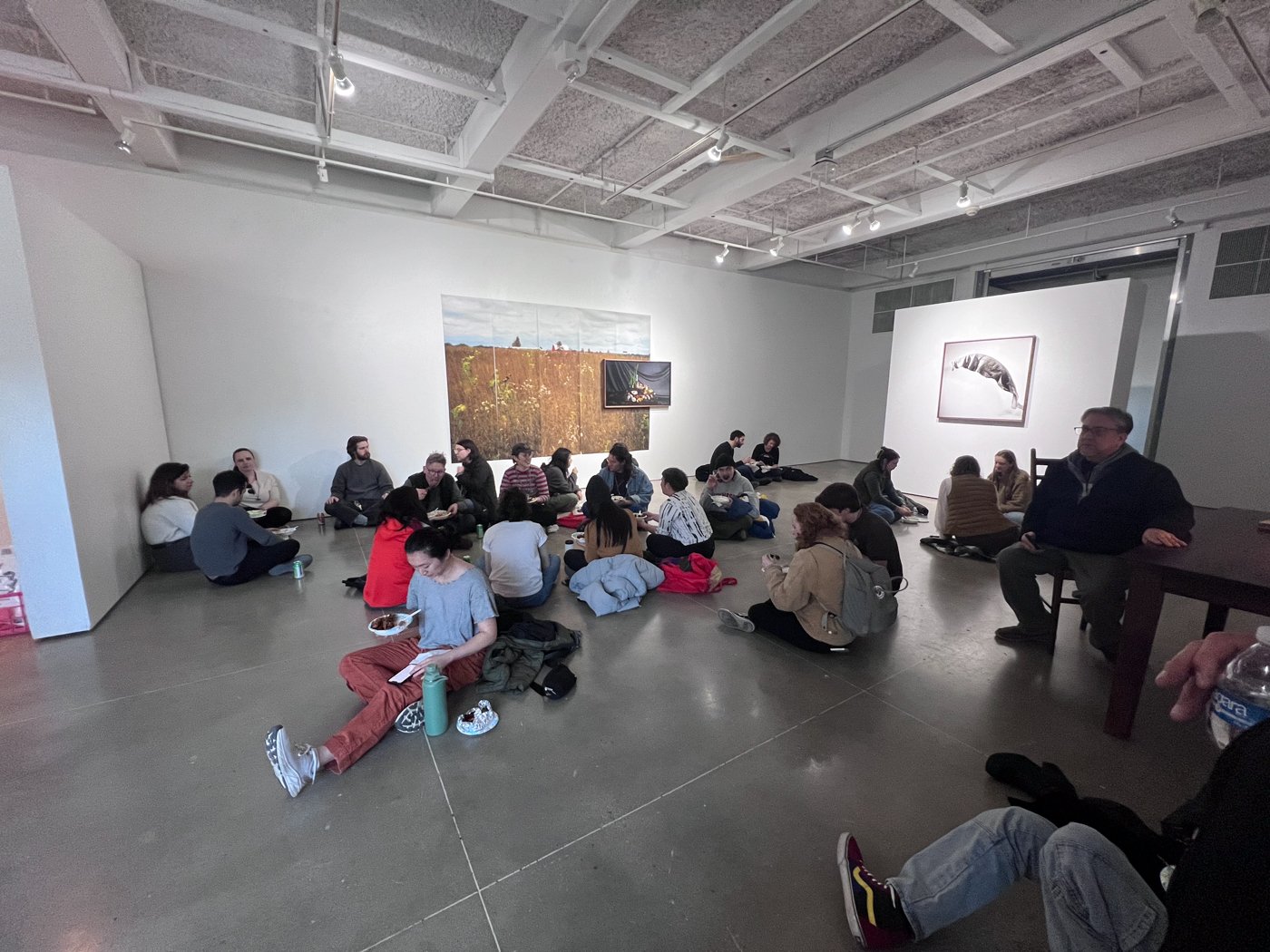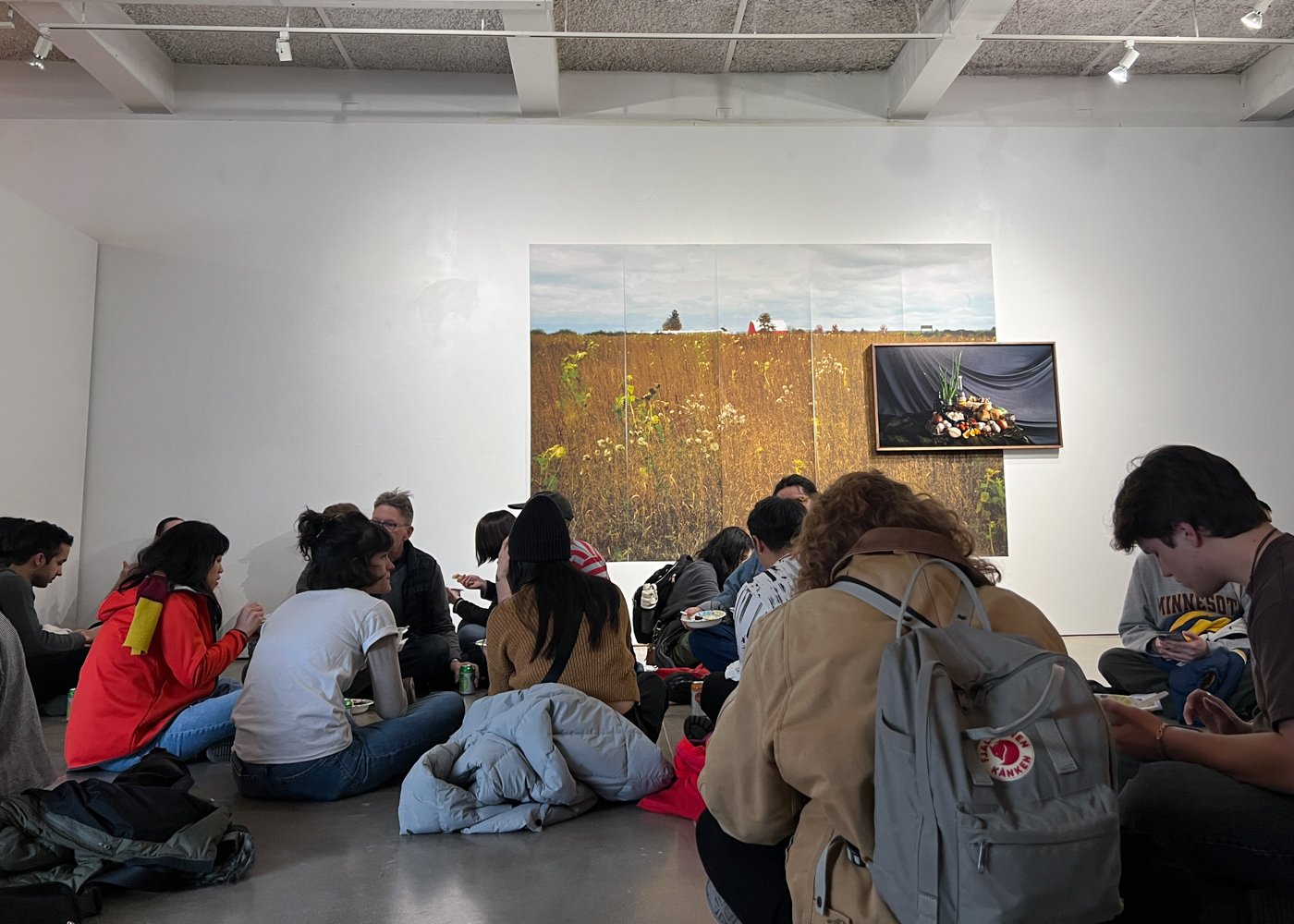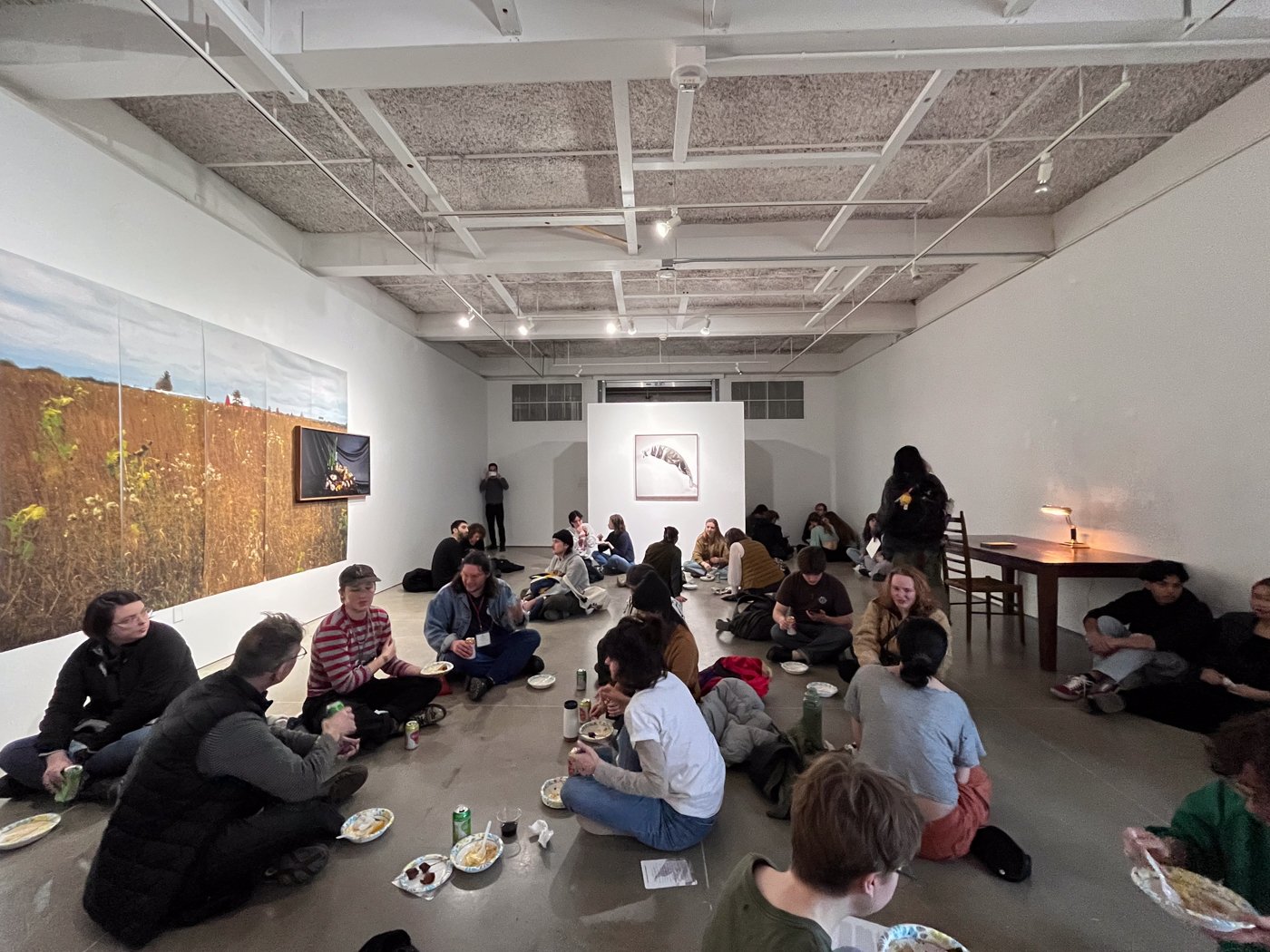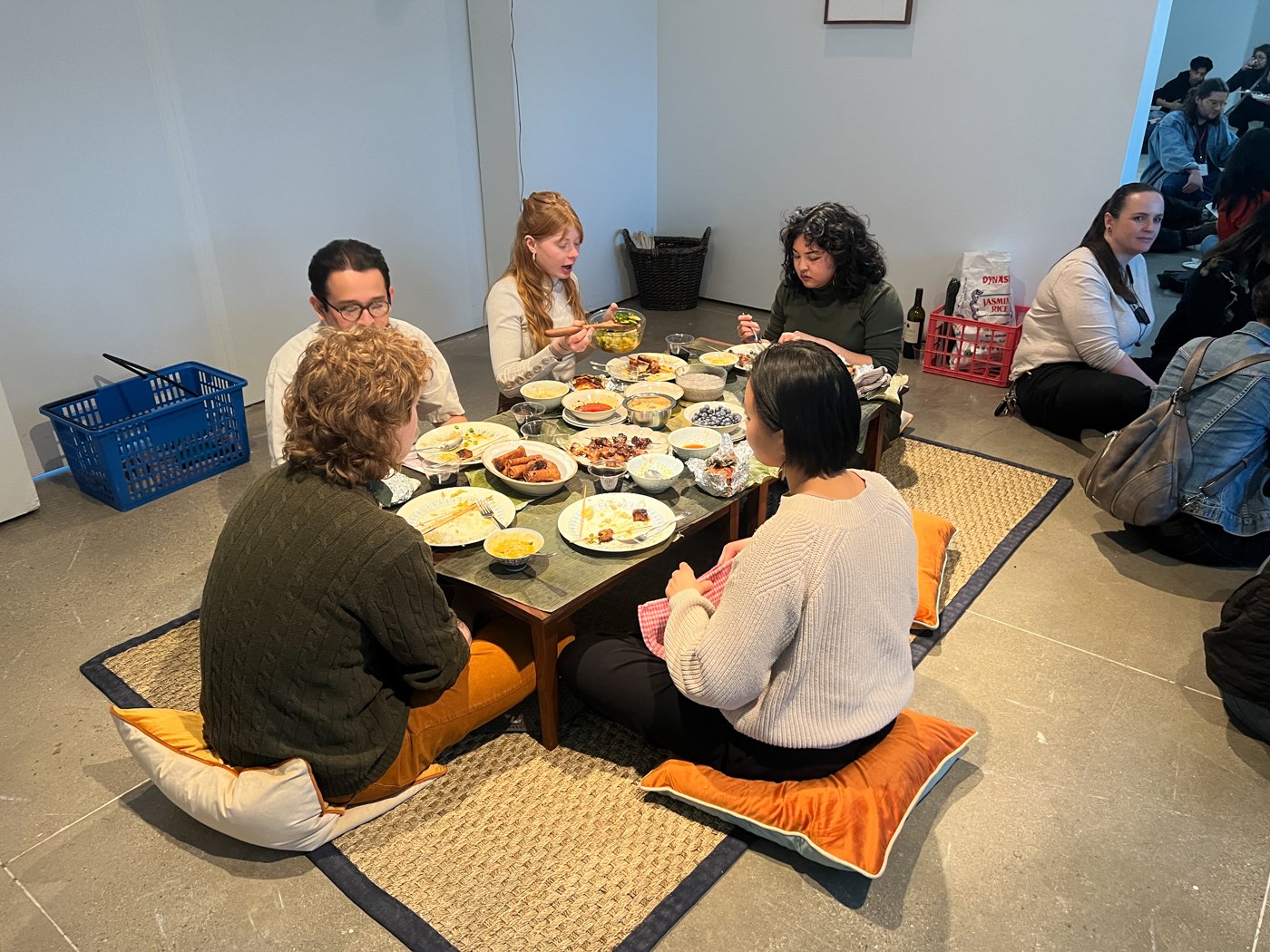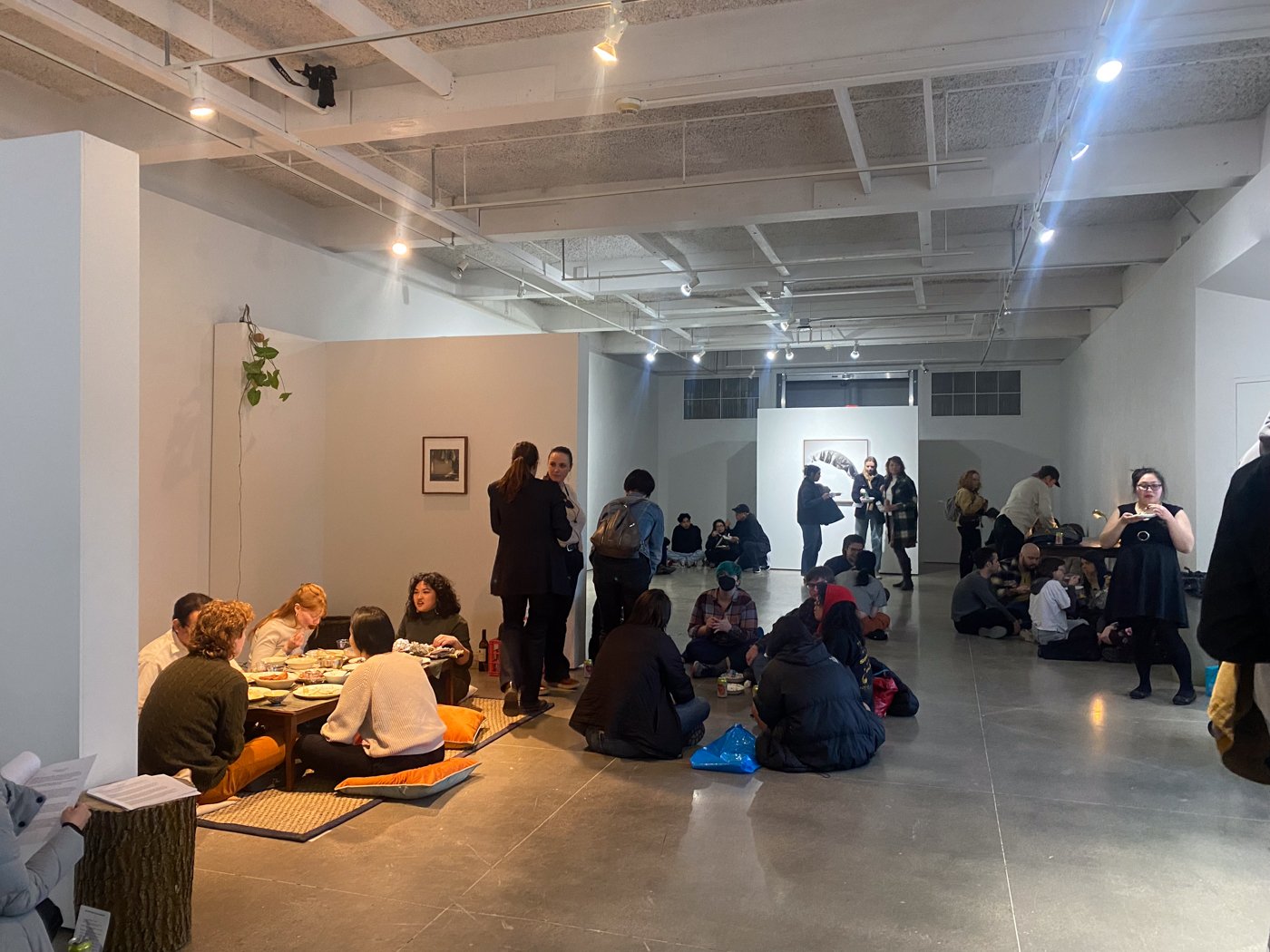The Distance to Kababayan
Kababayan is the name of the Filipino bakery that was just up the street from my grandparent’s’ house in San Diego, California. This Neighborhood bakery was a vibrant source for traditional comfort foods for the community of Filipino Immigrants that surrounded the area, like a friend who knew what you needed when you needed it, fulfilling cultural connection, and becoming a reference for home. Kababayan translates from Tagalog to English as “fellow country man,” and after my relocation to Madison, “The distance to Kababayan” was a unit of measurement my grandparents referenced over a phone call, to gauge how far away my new home was from the school.
The summers in Wisconsin are full of long, sunny days, and the city plants banana trees decoratively to add life back into the landscape after months of darkness and snow. I found myself attached to its unnatural existence in Madison. Through photography, I documented a banana tree I received from the Allen Centennial Garden, because every fall they are ripped from the earth and thrown into compost because of its inability to withstand the bitter cold. I tried to keep it alive but didn’t have the right resources to do so, and just like its presence here, I felt I didn’t have what I needed to survive. This failed act of preservation left me with a dry and brittle carcass.
My first winter, I was homesick. I encountered a familiar meal of chicken and rice porridge and the smell that wafted up from the bowl brought me to tears in the middle of the restaurant and juxtaposed against the unfamiliar landscape and deep sense of loneliness, I found comfort in the memory of a meal reminiscent of my previous community and home.
In the Philippines, there is a practice called a boodle fight, where you lay out banana leaves and pile food in the center of the table, and with your hands you take your portion. Once a convenient equalizer for military personnel in the Philippines to dine from the same level field; for Filipinos who have settled in America, this meal called Kamayan, has become a means for connection and celebration, and is best shared with a group of people. This ritualistic act of gathering together to share a meal represents the unseen labor bound to community and relationship building.
The Distance to Kababayan is the stage I set for the people in my life, past, present, and future. By building a foundation of handmade tables, laboring over the carving and construction, transferring that same materiality into the frames that cradled the visual moments that encapsulate the space, and utilizing food as an invitation for the community to exchange personal histories, I’m aim to create a deeper sense of belonging in an unfamiliar place, where memory becomes currency for distinguishing sustainable kinship and I’m able to find the people who sit at my table.
A Demonstration of community Building
Images crowd sourced from the participating community at University Wisconsin - Madison
Where do you come from?
Nika McKagen
I was born in the Appalachian Mountains in 1995, about half a year after my mother immigrated to the US from Moscow, Russia. My mother tongue was Russian. I often think about the spaces that our cultures and our languages leave for us. What language do you think in? What language do you dream in? What language do you grieve in?
The only place I’ve ever felt right is Brighton Beach. Me and the rest of the weird leftover Russians there. Looking at the ocean. Eating pickled herring.
Mark Almanza
My parents are both from Mexico, immigrating to the U.S during their teenage years and settling in California. Being a first-generation Mexican American, the question of “Where do you come from?” holds a lot of weight in my mind. I was born in California, but we moved frequently between there and Arizona, finally establishing roots there when I was 13. I would consider myself to be from Arizona; the environment, the feeling of the sun on my skin, the mountains, the smell of creosote during monsoon season; all these things connect me to the land and allow me to call it home.
Lisa Su
My favorite things are colors, good fabric, savory food, and being cozy. I like to make and mend things and most days I’m thinking about the next time I sit down to sew. Running, climbing, and dancing also make me happy. I spent my childhood in smalltown Ohio and Maryland, came of age in Providence, RI, started adulthood in Chicago, and for the last 2 years have been doing a lot of growing up in Madison. My parents come from Beijing and Henan, where the rest of my family live and whom I rarely see. I come from a home of simple meals, stitched languages, and a lot of love.
Jarret Miles Kroening
The first 18 years of my life were spent on my family’s farm in rural north-central Wisconsin. On what was originally Ojibwa land. My childhood was filled with exploration and wonder at the marvels of nature- the frog and bird song. The cattails in the ditches, the way the pines and poplars grow around seasonal cricks. My family, three generations together (grandmother, mothers, sister and I), allowed me to cherish traditions and develop community. Recently, I have found that same sense of curiosity and awe in Madison and found family here with whom love and new traditions bloom.
Claire Tomkiw
I may have been born a city girl, but my heart lives in the mountains and dust of the Sonoran. After spending the first few years of my life in Chicago Illinois, my family relocated to Phoenix, Arizona and has been relatively transient ever since – the concept of a family home is long-gone. Instead, I found myself on each coast and in the Midwest, and still Arizona speaks to me. My ocean is a desert, the saguaro each a lighthouse, and the dry wind sings a song that calls me home.
